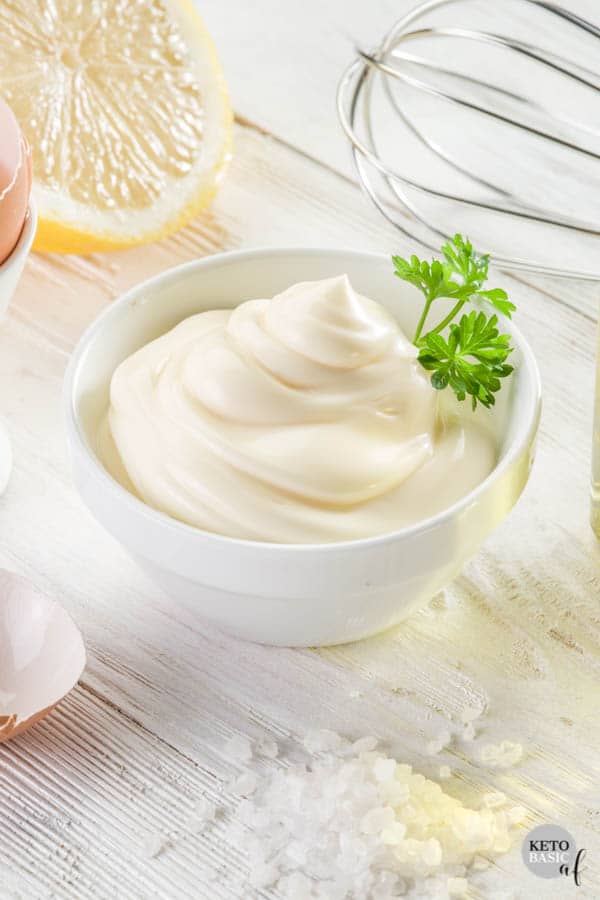Essential Guide to Keto-Friendly Black Bean Alternatives
As the keto diet continues to grow in popularity, many people find themselves searching for low-carb alternatives to traditional foods. Black beans are a staple in many cuisines, known for their high protein and fiber content. However, with their relatively high carbohydrate count, they may not align with strict keto guidelines. In this article, we’ll explore the best five keto-friendly black bean alternatives for 2025 that can support your low-carb lifestyle while still allowing you to enjoy delicious meals. You’ll learn about the nutritional benefits, flavor profiles, and how to incorporate these alternatives into your diet effectively.
The importance of finding good substitutes for black beans cannot be overstated. Not only do these alternatives provide a similar texture, but they also offer various health benefits that make them suitable for a keto diet. From promoting weight loss to aiding digestion, the right bean alternative can complement your meal planning and keep you feeling satisfied. By the end of this article, you’ll have a roadmap for successfully integrating keto-friendly beans into your nutrition strategy, along with some inspiring recipe ideas.
Let’s dive into the world of legumes and discover the top black bean substitutes that will help you stay on track with your keto goals.
Top 5 Keto-Friendly Black Bean Alternatives to Explore
1. Edamame: The Low-Carb Powerhouse
Edamame, or young soybeans, are an excellent keto-friendly alternative to black beans. With only around 4 grams of carbs per half-cup serving, they fit seamlessly into a low-carb diet. Rich in protein and healthy fats, edamame serves as a great base for salads or as a standalone snack. Their chewy texture and slightly sweet flavor also make them an appealing addition to stir-fry dishes.
When cooking with edamame, consider trying variations such as edamame hummus or incorporating them into grain bowls for added nutrition. They’re also a fantastic source of plant-based protein, boasting about 9 grams per serving. As a versatile ingredient, edamame can be utilized in keto black bean dishes like salads, soups, or even tacos. Just be cautious with portion sizes, as too many can add up in carbs.
2. Green Lentils: Nutrient-Dense and Filling
Green lentils are another remarkable substitute for black beans. Although they contain slightly more carbohydrates than other alternatives, they deliver a wealth of fiber (about 7.8 grams per half-cup of cooked lentils) and protein. Their earthy flavor complements a variety of dishes, including keto black bean chili recipes or stews.
Due to their unique cooking method, which involves a simmering time of about 20-30 minutes, green lentils can absorb distinct flavors while maintaining their shape. This makes them ideal for curry dishes, soups, and taco fillings. Additionally, their fiber content promotes healthy digestion, which is a significant factor when considering legumes in a keto diet.
3. Black Soybeans: Closest Alternative to Black Beans
If you’re specifically searching for a direct black bean substitute, black soybeans are your best bet. They are low in carbohydrates with only 1 gram per half-cup serving and boast an astonishing protein count of about 21 grams. Black soybeans retain the familiar flavor of traditional black beans, making them perfect for all types of recipes.
These beans can be used in black bean burritos, salads, or as a hearty ingredient in soups. Furthermore, they’re rich in antioxidants and provide various health benefits, including supporting heart health. Consider experimenting with canned black soybeans, particularly if you’re rushed for time. They integrate seamlessly into any meal plan and offer the comfort of a familiar ingredient.
4. Cauliflower: The Creative Low-Carb Substitute
While not a bean, cauliflower deserves mention due to its remarkable versatility in creating low-carb alternatives. With virtually no carbohydrates and a myriad of uses, cauliflower can be used in place of black beans in recipes like taco fillings, stews, or casseroles.
To create a textured substitute, consider using riced cauliflower mixed with spices to mimic the flavor profile of black beans. This innovative approach allows you to enjoy creamy, hearty dishes without disrupting your keto goals. Additionally, cauliflower is known for its high vitamin C content and antioxidant properties, making it a nutrient-dense option.
5. Chickpeas: A Flavorful Twist on Classic Dishes
Though chickpeas contain more carbohydrates than other alternatives, they are still manageable within the keto framework when used in moderation. Packed with fiber and protein, chickpeas can enhance your dishes while catering to your nutritional needs.
Use chickpeas in salads, soups, or as a component of dips, akin to how you might use black beans. You might want to explore creative recipes like keto black bean salad with chickpeas, where the chickpeas bring a different flavor profile. Just remember to keep your portions in check to maintain your low-carb goals.
How to Incorporate These Alternatives into Your Diet
Now that you’re aware of some excellent substitutes for black beans, let’s explore practical ways to incorporate them into your meals. Here are some tips for adjusting your cooking methods and recipes to feature these keto-friendly legumes:
Meal Prep with Alternatives
Include these alternatives in your meal prep routine to save time during the week. Cook a batch of black soybeans or edamame, then portion them into different containers with various veggies and healthy fats to create balanced meals. Pair them with your favorite keto-friendly dressings for added flavor and nutrition.
Experiment with Recipes
Try out different recipes that utilize these black bean alternatives, such as keto black bean chili with green lentils or edamame stir-fry dishes. Get creative in the kitchen by substituting them in your favorite black bean recipes to see how they transform your meals.
Monitor Portion Sizes
While low in carbs, maintaining proper portion sizes is essential to keep your meals keto-friendly. Be mindful of the serving sizes of each alternative, particularly with chickpeas and green lentils, to ensure you stay within your carb limit.
Combine with Keto Ingredients
When creating dishes with these alternatives, combine them with other keto-friendly ingredients such as avocados, cheese, and olive oil. These items not only enhance the flavor but also help you maintain balance in your macronutrient intake.
Conclusion: Embracing Black Bean Alternatives
Incorporating keto-friendly black bean alternatives into your diet can provide the nutritional benefits of legumes without compromising your low-carb goals. By exploring the diversity of ingredients like edamame, black soybeans, and cauliflower, you can create exciting and healthy meals that align with your lifestyle. Whether you’re enjoying black bean tacos or a hearty black bean soup, these substitutes pave the way for culinary creativity in your keto journey.
Remember to keep experimenting with flavors, monitor your portion sizes, and develop balanced meals. With these alternatives at your disposal, you're well on your way to enjoying delicious, satisfying dishes while staying true to your keto lifestyle. Check out these recipes and ideas to enhance your meals using low-carb black beans and make the most of your culinary experience!
 example.com/image2.png
example.com/image2.png
 example.com/image3.png
example.com/image3.png 